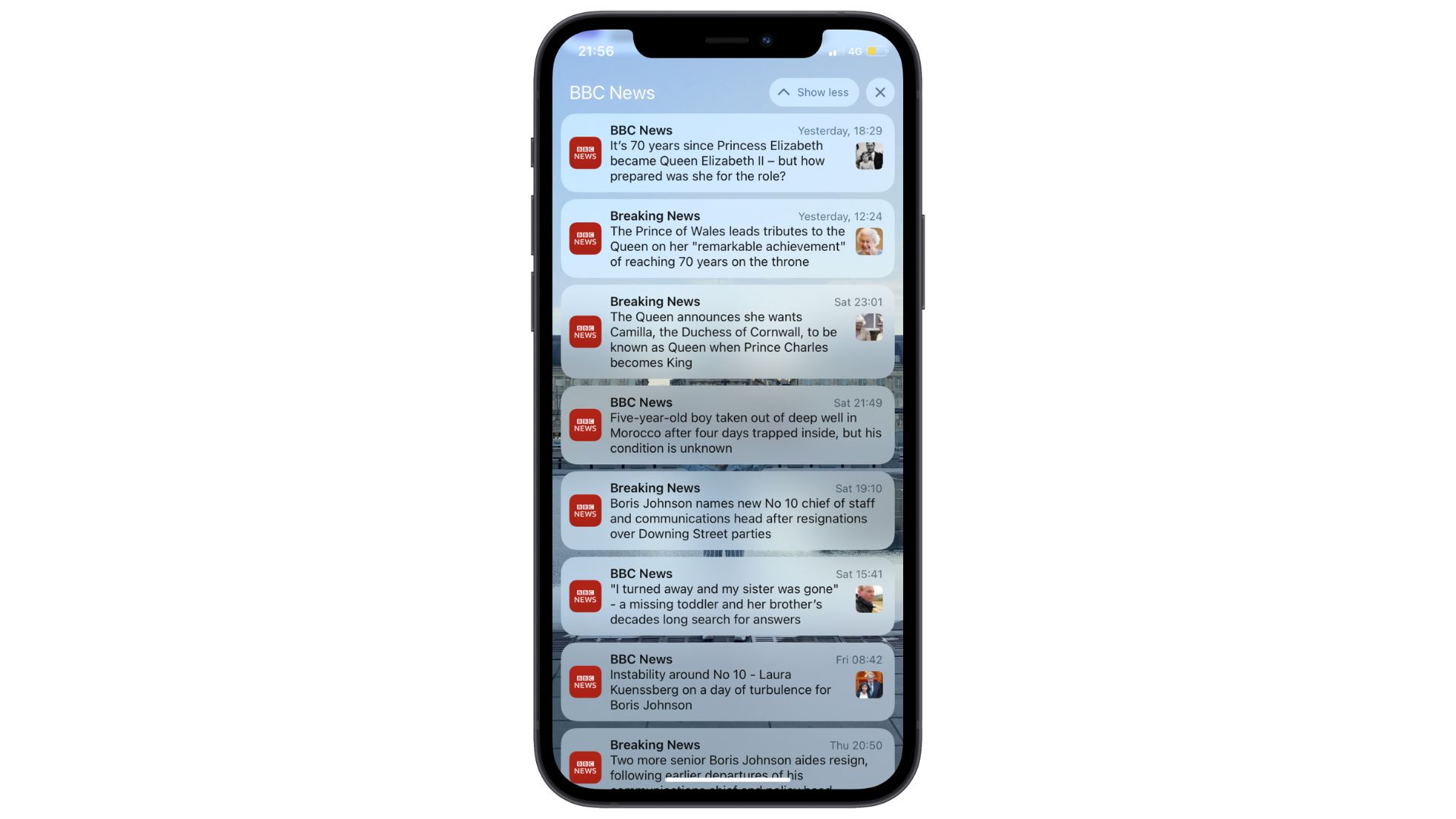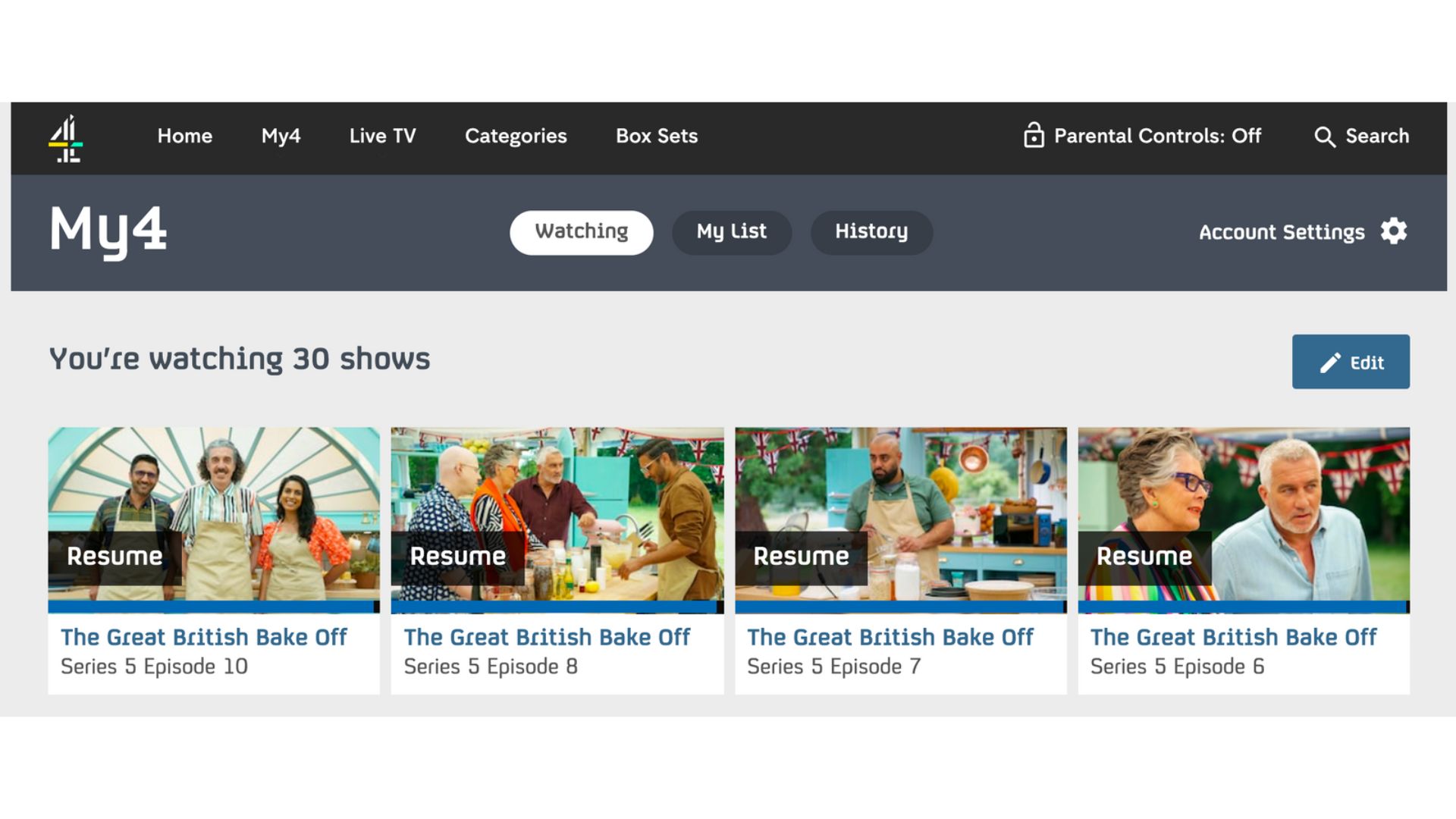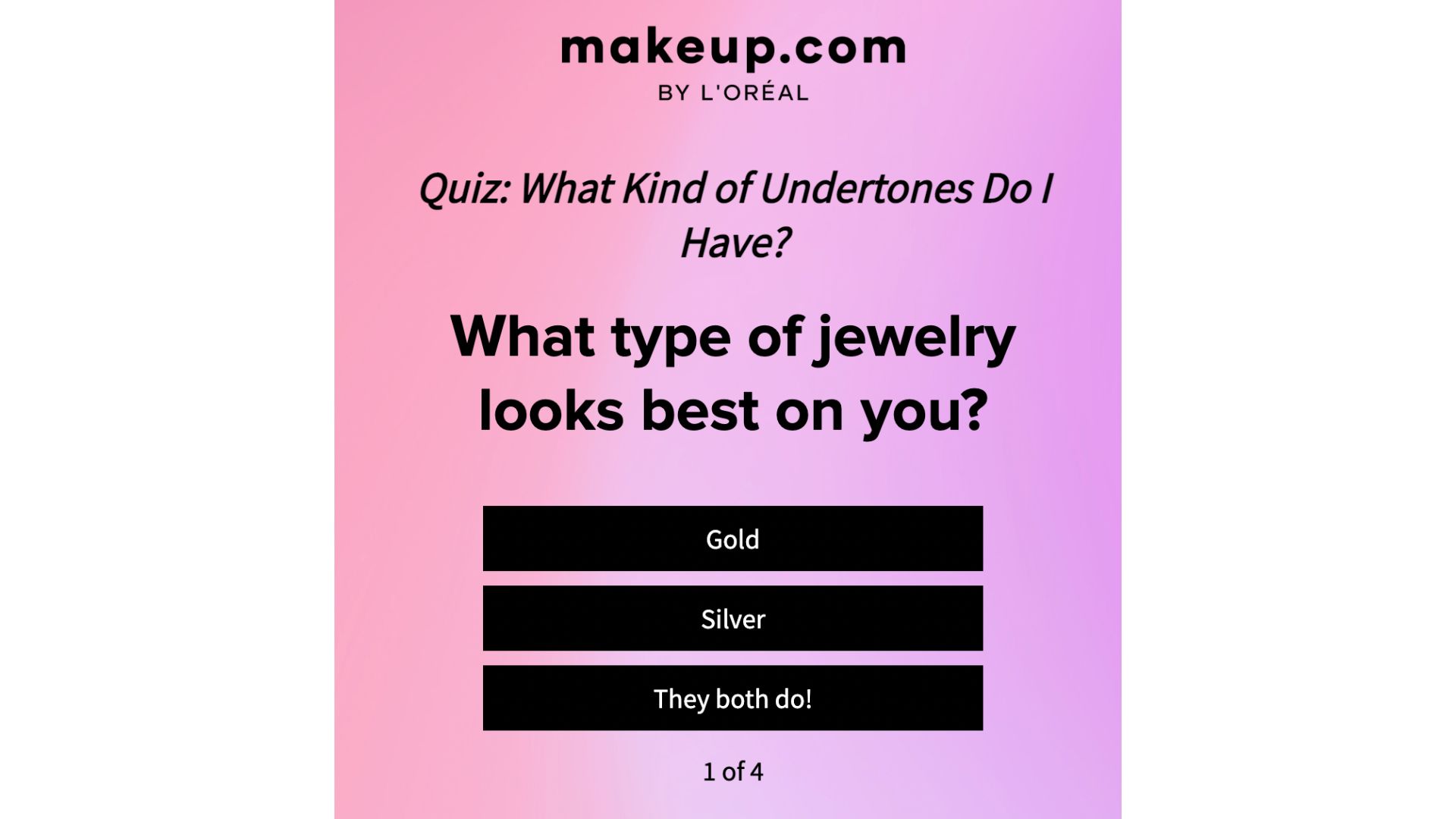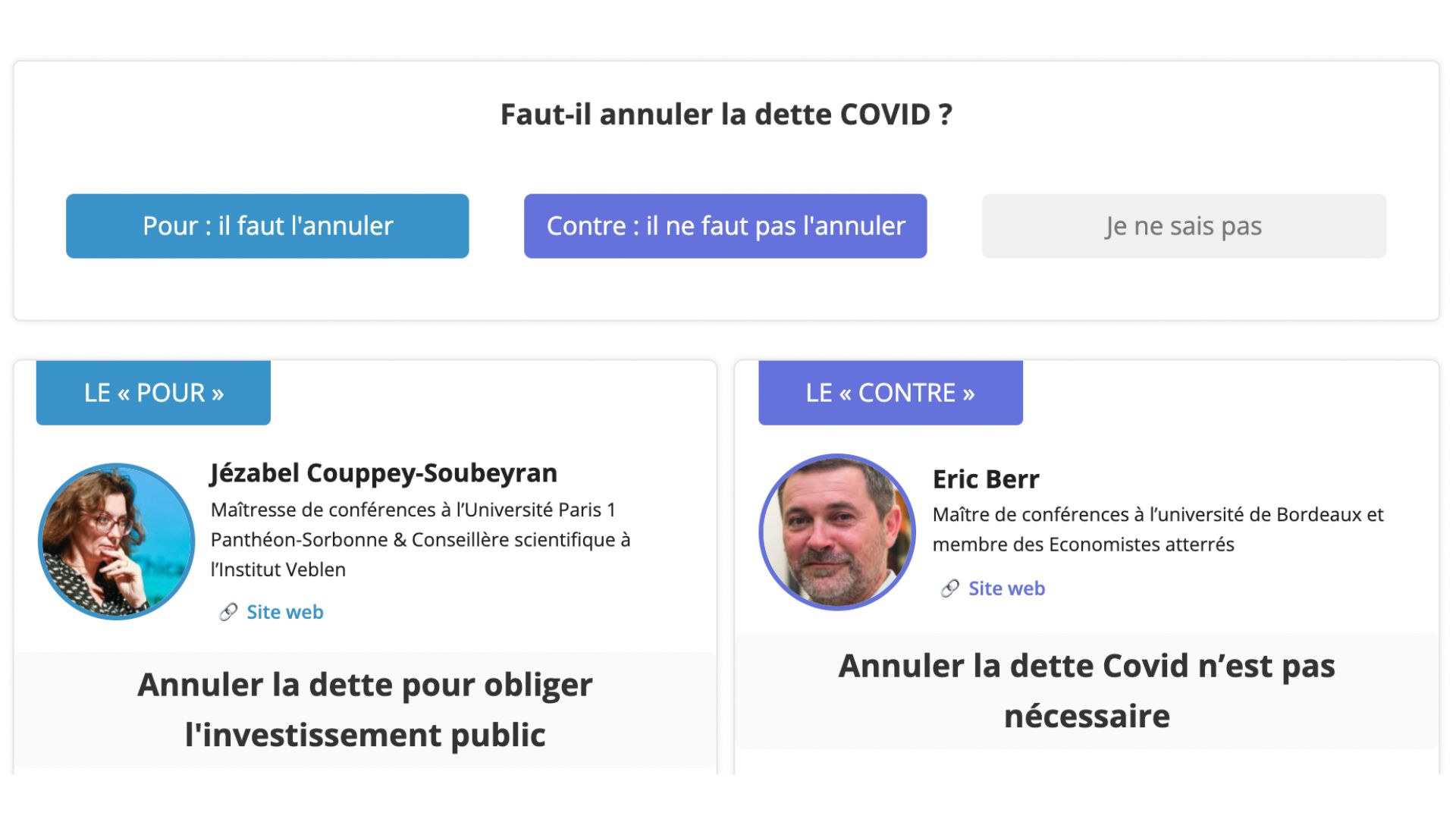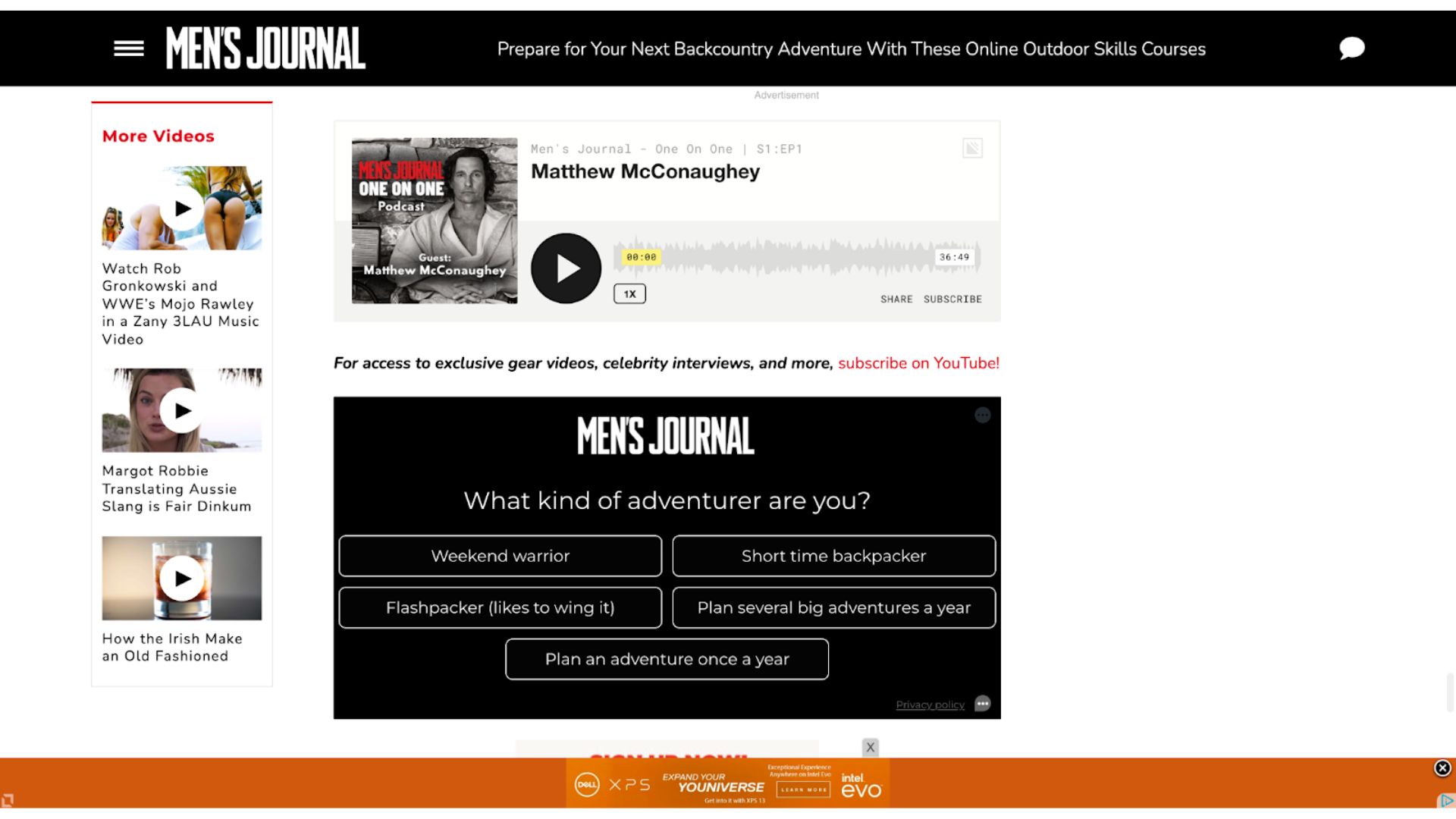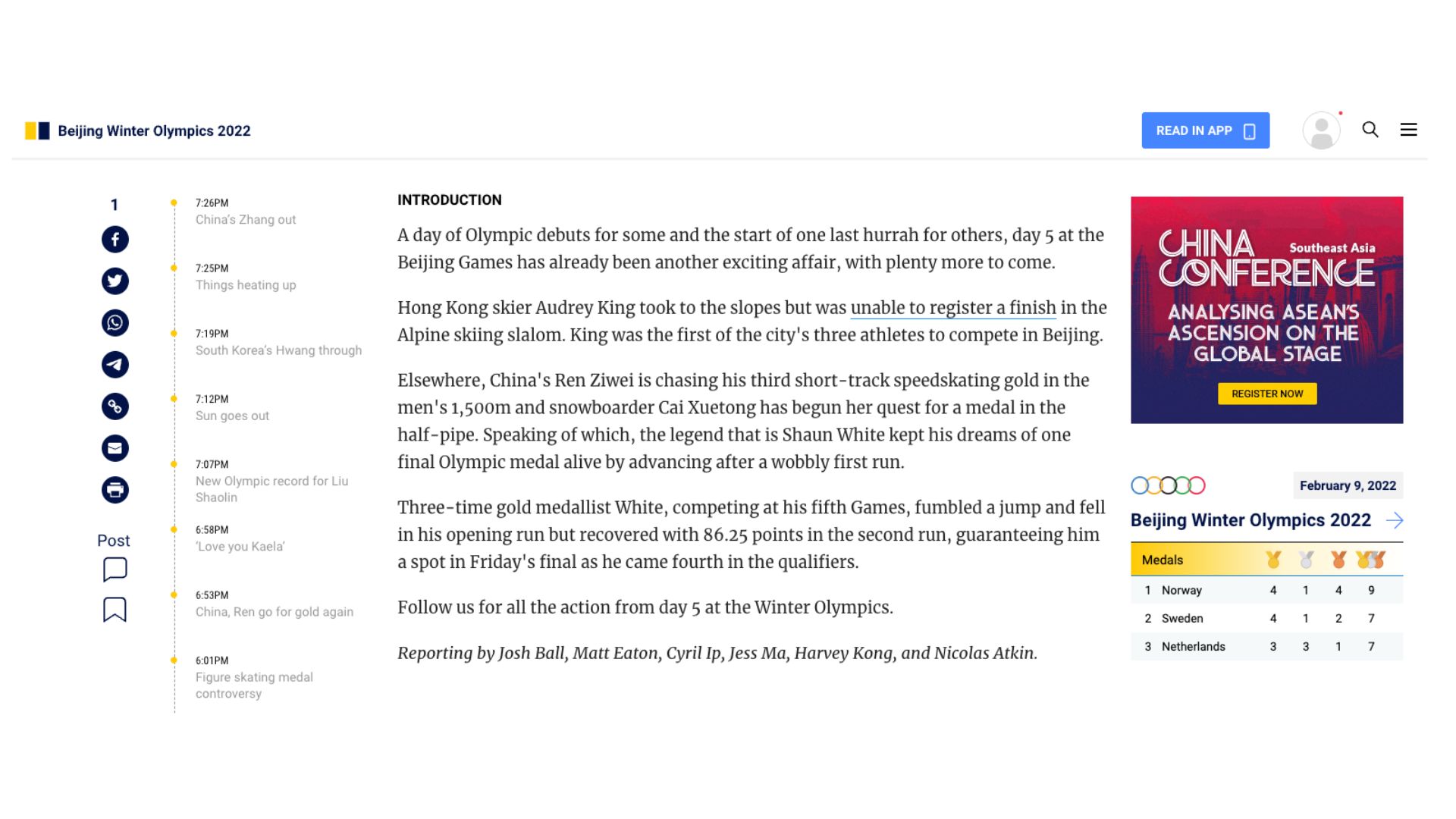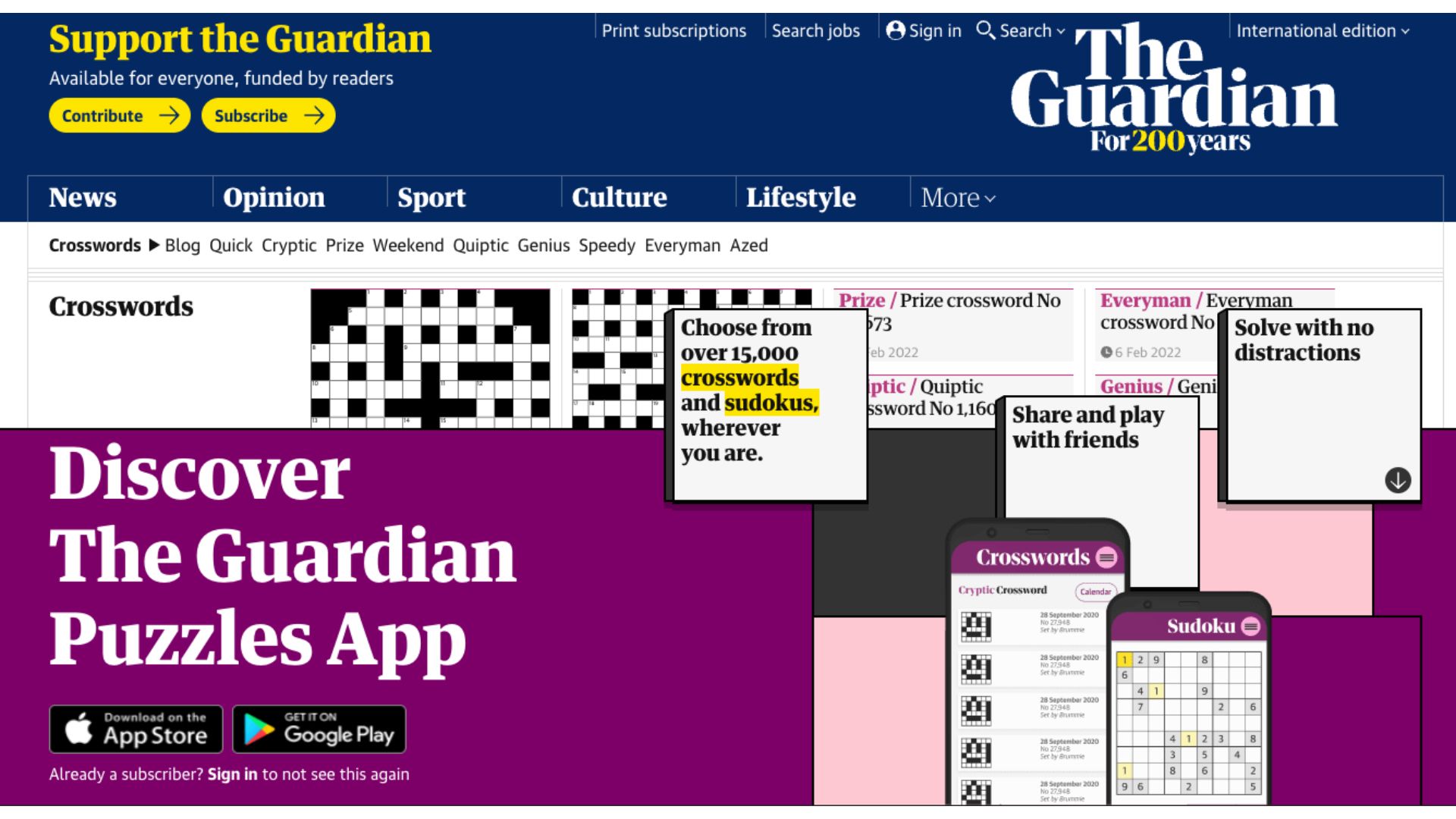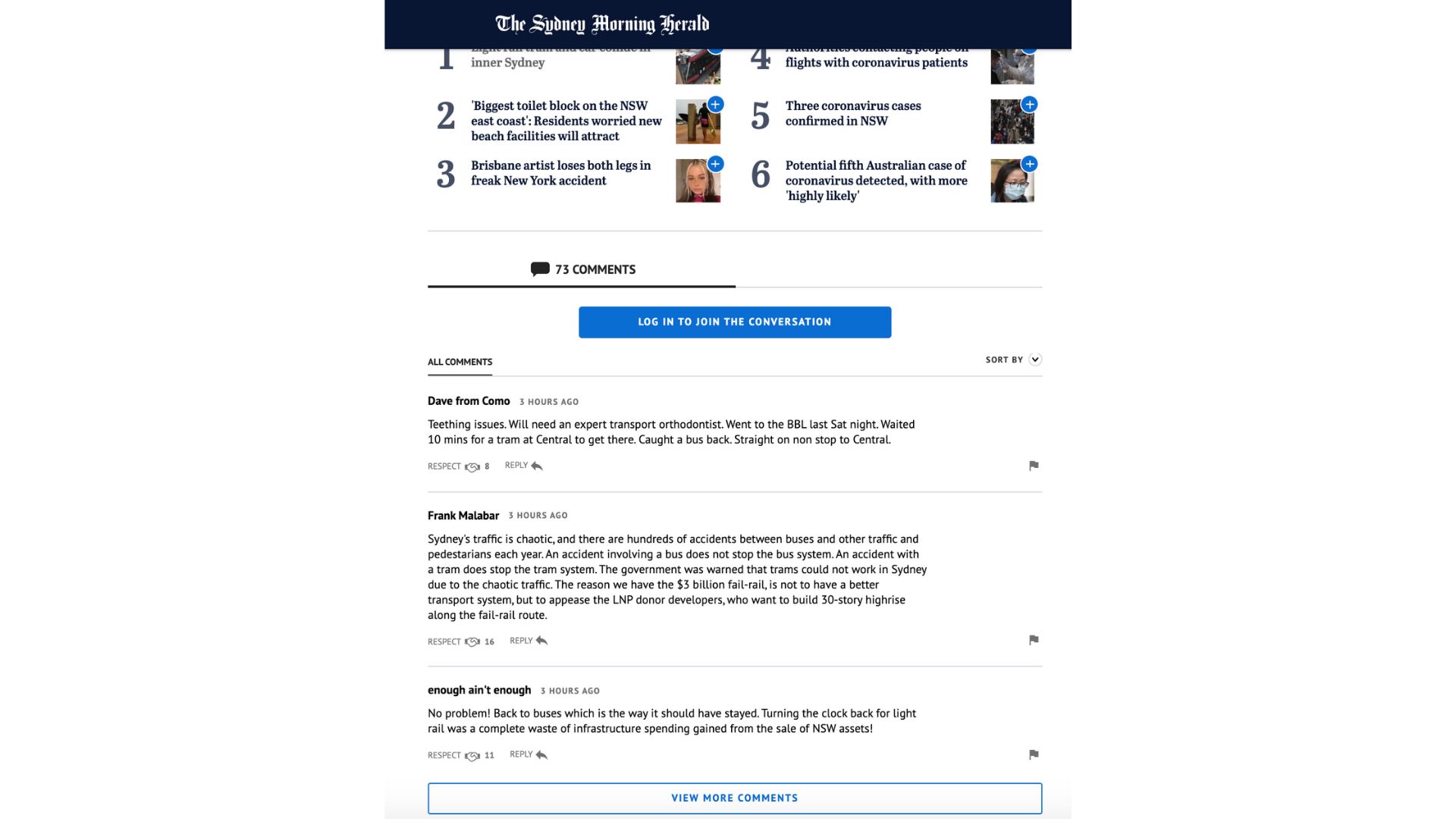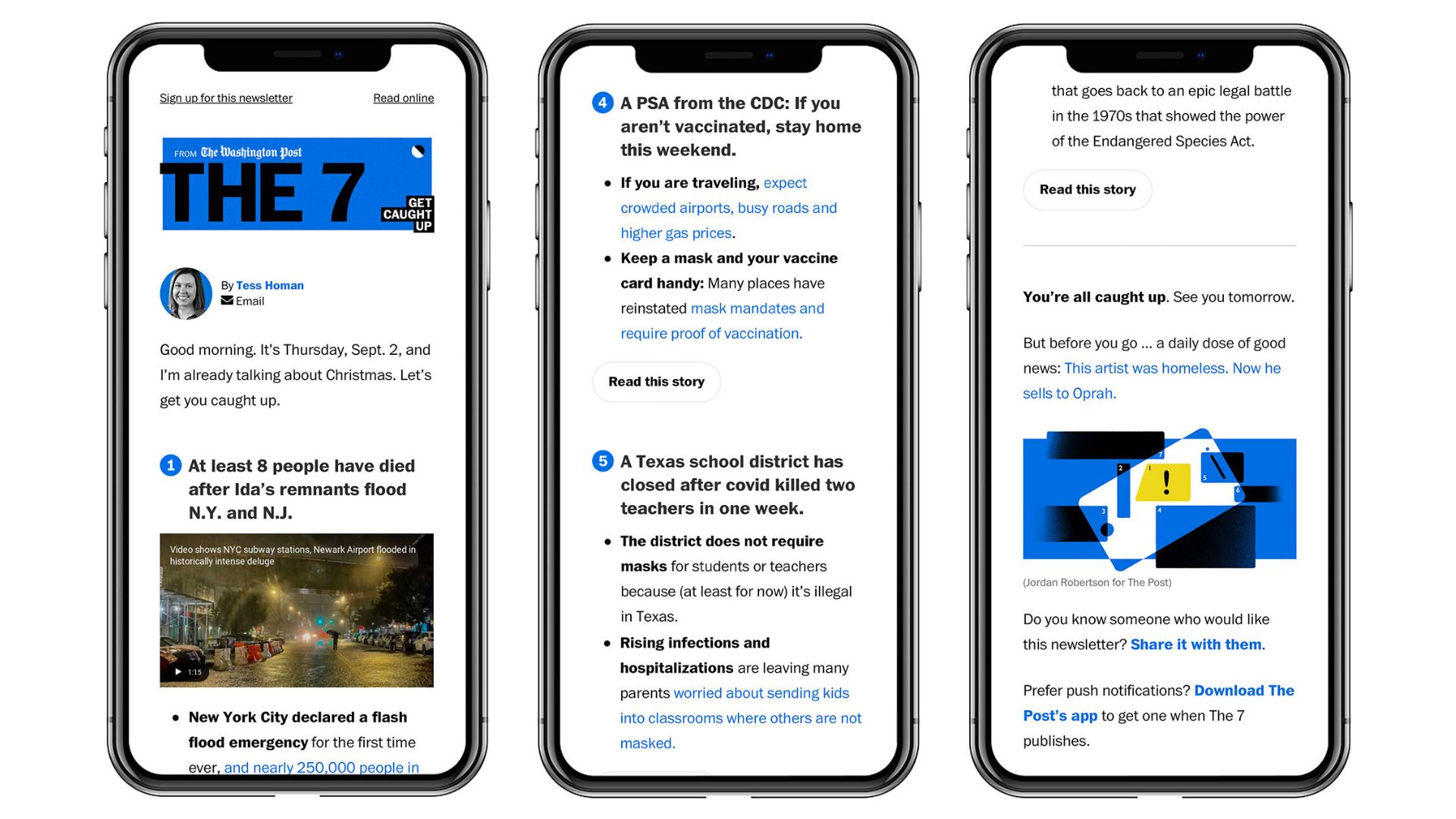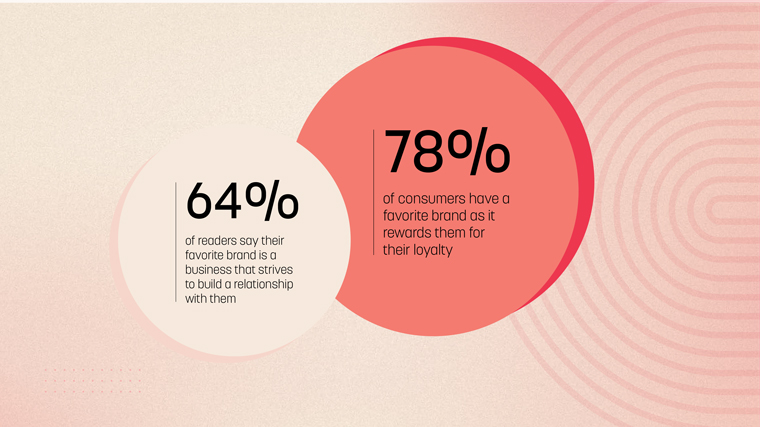With over a decade of experience in the realm of publishing at The Globe and Mail, Shengqing Wu, Director of Data and Analytics at Viafoura, is uniquely positioned to provide remarkable insights into the way data serves and supports the many moving parts of a news organization. Having witnessed first hand the evolution of a once print dominant industry as it shifted more and more into a digital landscape, Shengqing – a brilliant data analyst – is also equipped with the nuanced insights that only experience in the newsroom amongst editors and analysts alike can bring.
We sat down with Shenqing to chat about how publishers approach data vs how they should approach it, why simplifying data rears the most sophisticated insights, and what on earth is a generational audience funnel?
Changes in data, publishing, and analytics at large
Shen, as we know, the world of data is in a perpetual state of growth. In some parts thanks to evolving technologies and learning capabilities, and also because of cultural shifts and the way consumers behave based on their lived experiences. So, in your experience over the years, what are some of the changes you’ve observed in the way data is acquired and utilized in publishing?
Obviously throughout the past many years, publishers have become much more sophisticated in terms of data, manipulational data strategies in general, and understanding their audiences. Really trying to study behavioural data from the business is the key. Now, this also ties into [the publisher’s] business model as well, right?
Right.
Ten years ago maybe 99% of media publishers relied on – if we’re talking about digital revenue, they’re relying on advertising – many publishers started to transform into subscription model. This model is where publishers gain access to audience behaviour. This kind of data, behavioural data, has become more important than ever because all publishers want their audiences to generate the habit of, for example, reading three times a week or more.
Which makes sense for any publication, but specifically for digital publishers, right? The more a reader visits the site, the more time they spend on its pages, which in turn means more data points.
Those data signals are very valuable. That’s one of the things we help with at Viafoura, taking those data points and signals from things like comments, likes, Q&As, and applying machine learnings and natural language processes to get the advanced contextual information.
And then that data becomes what, exactly?
Declarative data, which is something Viafoura provides. Basically, what people say, how they feel, what is their opinion… Through their data they’re directly telling us what they’re interested in by reading an article.
Analytics: Keeping it simple rears sophisticated results
As things continue to shift and change, the demise (though perpetually postponed) of cookies, new consumer behaviours, new technology that changes the way in which we consume our content and, and, and… The list goes on.
With that in mind, if I were a publisher staring at my digital experience platform’s (DXP) data analytics dashboard – are there key indicators you think I could keep tabs on to get a solid understanding of the health of my business?
The basics. The very basics. Article consumption behaviour, total comments, things like that. We recommend going through these, but –
I had a feeling there was more to it..!
We believe in a user-focused or ‘segment focused’ approach. User segmentation will play a vital role and it’s a way to visualize the user segments that are helping the business, how they’re performing, and also being able to compare one segment to another.
What’s so helpful about being able to compare different audience segments?
Let’s say you have one segment that’s excited about politics, and then another that’s more excited about celebrity news. So? Then what? By being able to go into a dashboard and compare those two different segments in various ways, we can find behavioural patterns.
How long does one segment typically spend reading, what are their shared interests, what are interests exclusive to the individual segments and so on. So, while the celebrity focused segment is more interested in shopping and the political leaning audience segment tends to enjoy reading about personal finance – there may be similarities that we find through comparison that become valuable behavioural insights.
Okay, so by being able to compare the similarities and differences between two audience segments that land on the same site, a publisher could actually learn a great deal about what kind of content they could stand to use more or less of and perhaps retain multiple segments by customizing their experiences.
Right.
Got it. Earlier you had mentioned that there are the ‘basics’ of what to look for on an analytics dashboard; time on page, number of comments, time spent in the comments section, etc… Are there things that you’ve noticed get overlooked because perhaps they seem too obvious, but are in fact really valuable data signals that lead to richer insights?
Typically what we suggest is that
look at their different conversion metrics. We really aim to help our clients drive conversions of unknown users through their funnels down into other more valuable and helpful segments. Converting more users who don’t know the company into authenticated, registered users who have provided their e-mail. You can do so much more with those authenticated users.
Sometimes we will use examples of these conversion metrics with new clients to show them just how valuable a more engaged user is to their data findings.
I see, so it’s by looking at conversion metrics as a KPI that you’re saying we’re able to discern exactly where and when content is achieving things that contribute to hitting audience growth OKRs or adding value to digital ad space.
As an aside, for those following along with this conversation, these value exchange moments are the instances where users decide to offer their information in exchange for the experience being offered. They’re incredible sources of insights for not only informing content strategy, but also building community, making design changes, improving discoverability of the site itself, and so much more.
It’s about knowing users, right? Another thing to look for within these conversion metrics are to keep an eye on where these conversions occur in proximity to design choices, products and their features. For example, at Viafoura, we are able to work with our clients and definitively say ‘the engagement starter that we implemented has a conversion of XX%’.
Which means that with that data they can strengthen weaker points of conversion or learn from winning points of conversion! When the data makes sense, everything makes sense.
Are ‘generational funnels’ the new normal?
Before we wrap things up, there was one more thing we had hoped to pick your brain about; there seems to be a budding conversation in the industry around crafting multiple audience funnels for one publication or brand, which isn’t unheard of at this point, but more specifically the idea of crafting generational funnels. Meaning, funnels that aim to address the vastly different behaviours that we now see existing all at once in the same market.
Gen Z doesn’t behave anywhere remotely like Boomers when it comes to news media content consumption – or consumption in general, it would seem – which makes the concept of multiple funnels make a lot of sense to me. For example, some publishers have opted to offer ‘piece by piece’ payment options for people who don’t want a subscription, just the content behind the paywall. This strategy is more Gen-Z focused as they tend to skew more subscription resistant and news avoidant, while Gen-X and Boomers still have a more traditional, habitual behavioural approach to content consumption – picture them reading the newspaper with a coffee as opposed to Gen-Z intentionally searching for content built around their interests.
My question for you is: are you seeing a big change in consumer behaviours and, to that, an increase in interest from publishers in taking this funnel-diverse approach?
At the moment, not a lot, to be honest.
As I mentioned before, we prefer to take a segment focused approach – so this kind of thinking would fall under that. Using data to observe patterns, make connections, create segmented audience profiles in order to help clients. When we compare across different segments we’re able to discern these patterns and layer the data to reveal these kinds of indicators. So, what you were talking about –
Generational Funnels?
Yea, that is generally enough for us to make specific segments that consider age demographics and other data signals, but it’s not like ‘This Is Our Gen-Z Subscription Model’.
I see. I guess then it’s more relevant to look at the big-picture of the audience segment, with a bit of consideration given to age but more primarily to what all of the data tells us holistically.
Yes, but also – there are age specific patterns that are super important, they just might not define or merit a whole funnel all on their own.
Alright, so that’s a ‘stay tuned for more details’ when it comes to Generational Funnels! Thank You Shen. This has been an incredibly informative conversation and thank you for your time!
Of course. Any time!
Observe, analyze, learn, reiterate.
As time goes on, the world of data continues to shift and evolve. What’s important to remember is that data is, whether it’s the cookies that will soon be gone in 2024 or changes to site-to-site tracking, data is the language our audiences use to guide us to their loyalty and to help create meaningful content experiences for them. As long as we don’t lose sight of the humanity in the data, there is always going to be something to learn.


